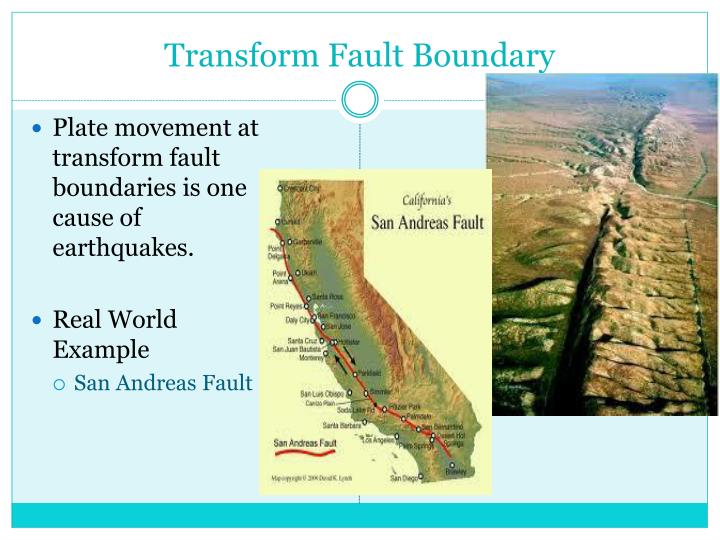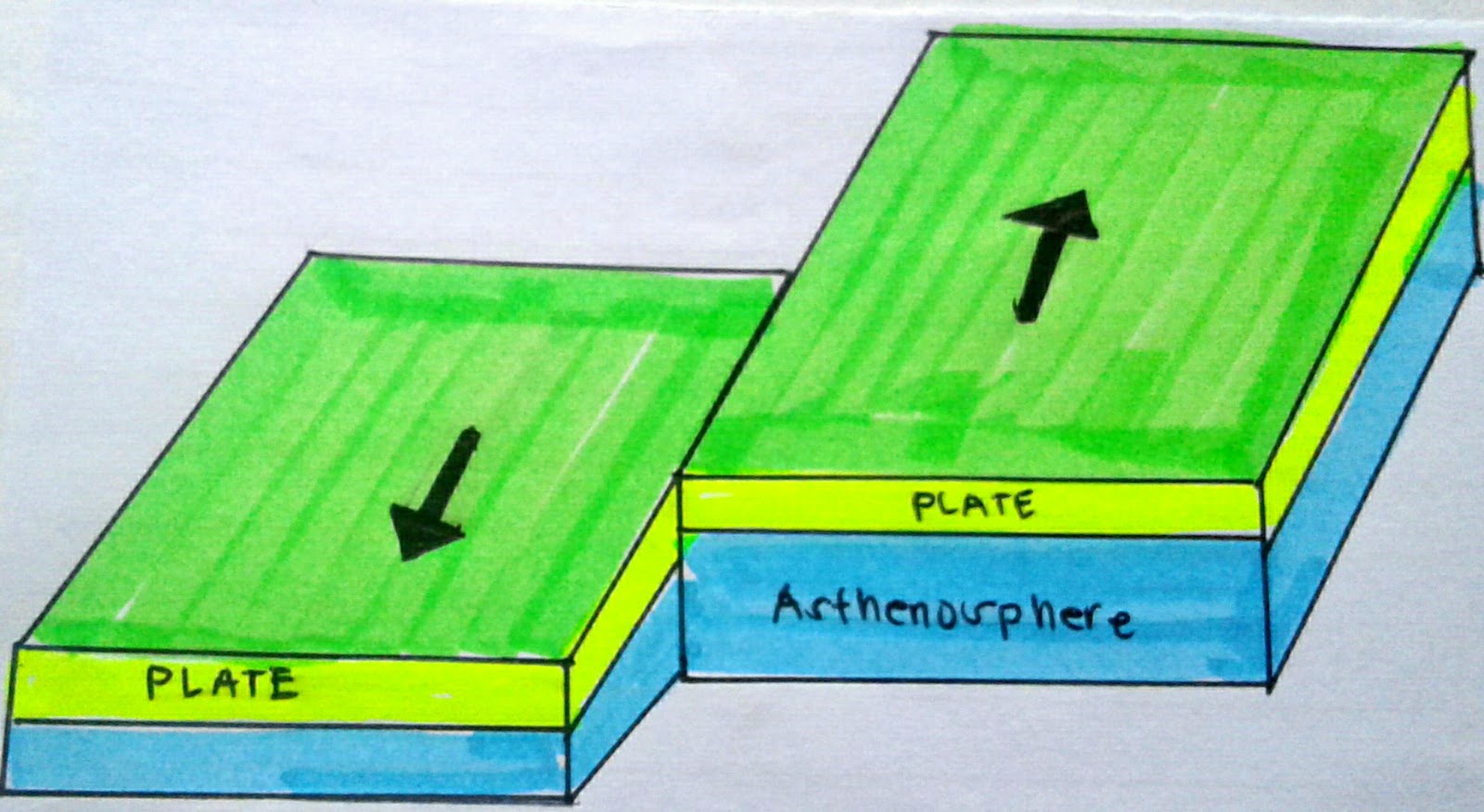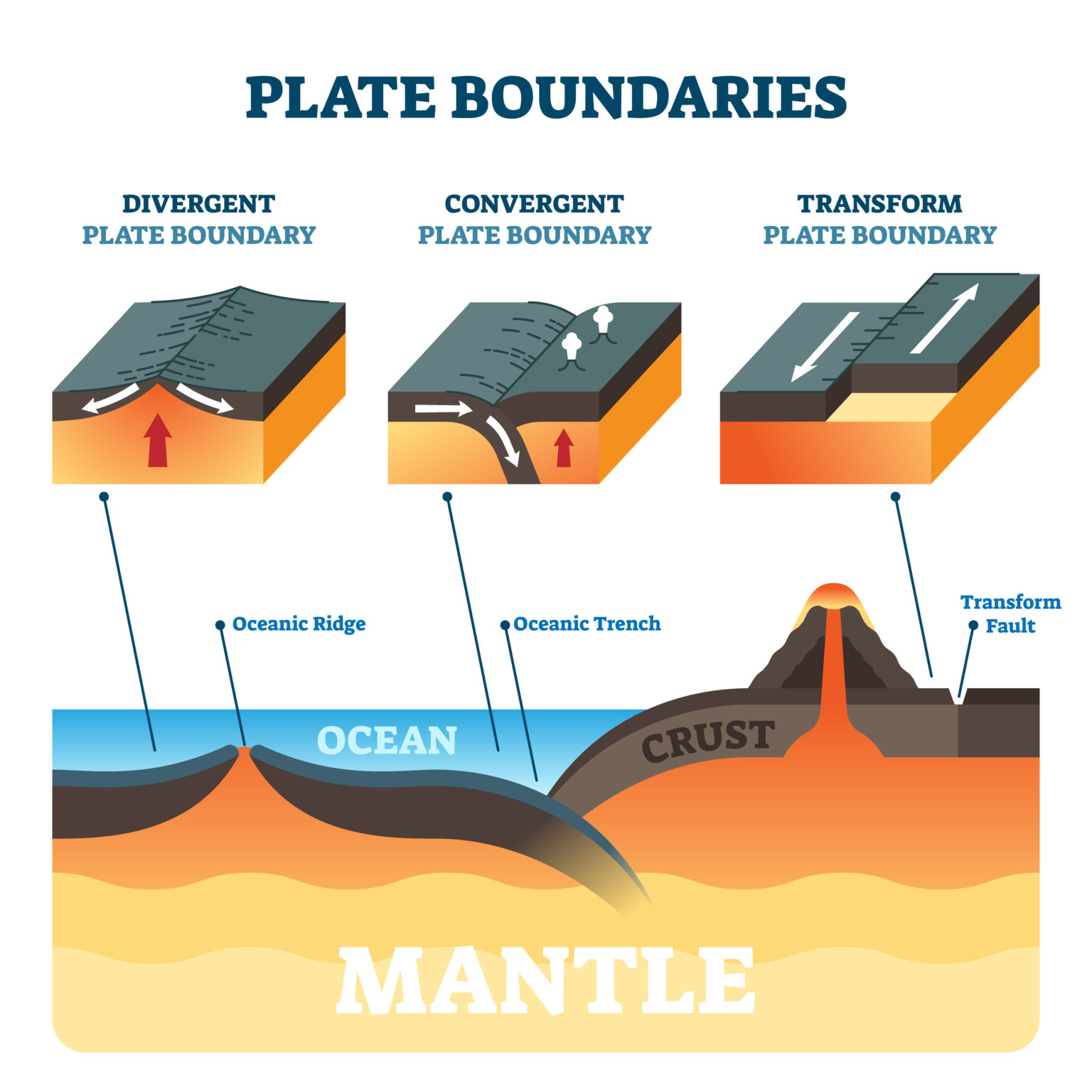

Grevemeyer.In the articles you just read, the authors assume you know something about faults: how they are classified, what kind of motion they experience, what sense of stress they feel, and how to recognize them on a map. But there are simply not enough high-resolution maps of the seafloor yet, so no one has noticed it until now," says Prof. Since transform faults are a fundamental type of plate boundary and frequent phenomenon along active plate boundaries in the oceans, this new finding is an important addition to the theory of plate tectonics and thus to understanding our planet. What effects this has on its composition or, for example, the distribution of metals in the crust is still unknown. Oceanic crust that forms at the corners is therefore the only crust in the ocean that is formed by two-stage volcanism. Magmatism at the outer corners to the mid-ocean ridges then fills up the valleys, so that the fracture zones become much shallower. This causes extension of the seafloor, forming the deep transform valleys. According to this, the plate boundary along the transform fault is increasingly tilted at depth, so that shearing occurs. Using sophisticated numerical models, the team found an explanation for the phenomenon. The team also detected traces of extensive magmatism at the outer corners of the intersections between transform valleys and the mid-ocean ridges.

"In all examples, we could see that the transform valleys are significantly deeper than the adjacent fractures zones, which were previously thought to be simple continuations of the transform valleys," says co-author Prof. The authors of the current study have now looked at available maps of 40 transform faults in all ocean basins.


Until now, however, research assumed that the two plates only slide past each other at transform faults, but that seafloor is neither formed nor destroyed in the process. Lars Rüpke from GEOMAR, co-author of the study.Įarthquakes can occur at the transform faults and they leave long scars, so-called fracture zones, on oceanic plates. Because the Earth is a sphere, plate movements repeatedly cause faults that produce these ridge offsets," explains Prof. The individual segments of the ridges each begin or end in an offset at these incisions. They are cut by transverse valleys at almost regular intervals. However, the mid-ocean ridges do not form unbroken lines. "This is the engine that keeps the plates moving," explains Prof. In between, hot material from the Earth's interior reaches the surface, cools down, forms new ocean floor and pushes the older ocean floor apart. They mark the boundaries of the Earth's plates. Even at low resolution, several tens of thousands of kilometres long mid-ocean ridges can be recognised on such maps. Ingo Grevemeyer from GEOMAR, lead author of the study.Ī look at a global overview map of the ocean floors helps to understand the study. However, our analyses show that they are definitely actively involved in shaping the ocean floors," explains Prof. So far, they have been assigned a purely passive role within plate tectonics. "These are large offsets in the mid-ocean ridges. Today, five scientists from GEOMAR Helmholtz Centre for Ocean Research Kiel, the Southern University of Science and Technology (Shenzhen, China) and GeoModelling Solutions GmbH (Switzerland) publish a study in the international scientific journal Nature that questions a previous basic assumption of plate tectonics.


 0 kommentar(er)
0 kommentar(er)
